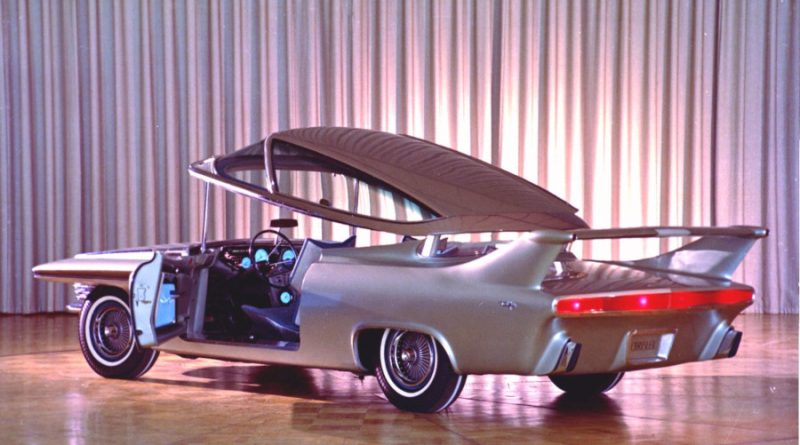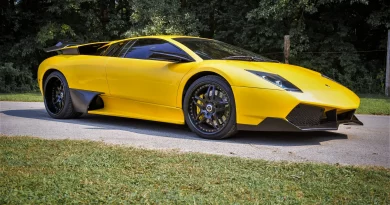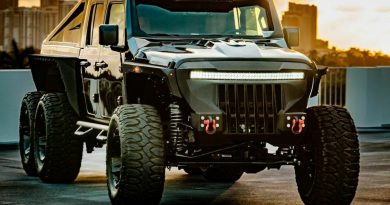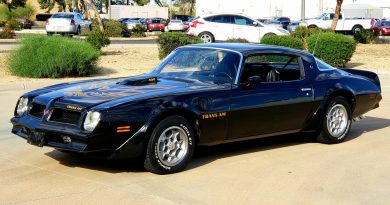1961 Chrysler ‘TurboFlite’ Concept Car
Post-World War II, the fighter jet was king. Boys dreamed of being pilots, and girls dreamed of marrying them. Carmakers wanted to bask in the reflected glory. Among them, Chrysler first came up with a turbine-engined car in 1954 by dropping a turboshaft unit into a standard Plymouth road car. Things got more sophisticated, until in 1961 Chrysler came up with this concept, the TurboFlite.

The TurboFlite concept was penned by Virgil Exner, Chrysler’s head of design. It was styled under his ‘forward look’ style, using the latest aerodynamic knowhow and borrowing heavily from the world of aviation with fins galore. It was meant to be futuristic, but ironically this would be one of Exner’s final designs for the company, which defaulted to a more conservative design afterward. The TurboFlite was built for Chrysler by Ghia in Turin, and was intended to push the boundaries as befits a turbine-powered automobile of the era.
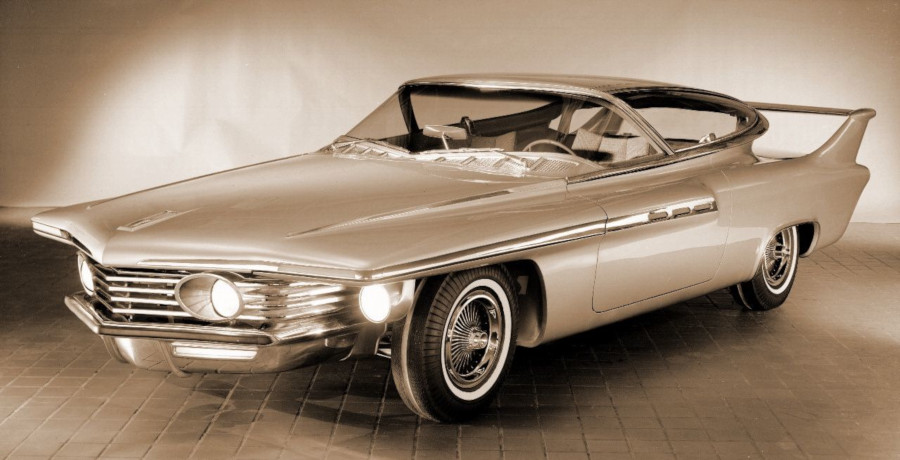
Well it’s all very fascinating – on the one hand you’ve got the glamour of the jet age and the freedom that comes with it, and from an engineering point of view a turbine is better than a piston engine because there are fewer moving bits to go wrong. On the other hand they are much less flexible than traditional piston engines (there was a 1.5sec pause between hoofing the accelerator and anything happening) and you’ve got a lot of heat to deal with. But back on the other hand, jet planes!
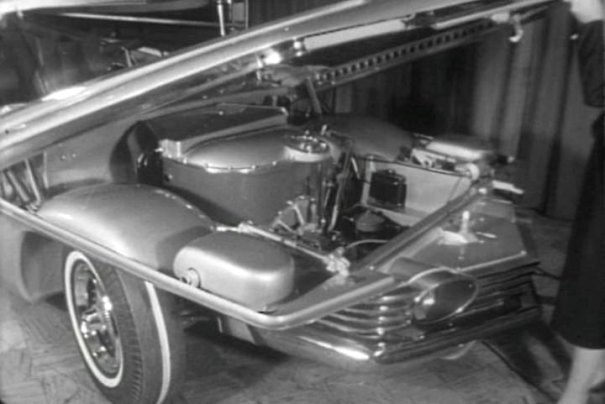
The interior of the car – or cockpit, if you will – sports a relentless aircraft theme, with aluminium-accented seats, huge throttle and brake pedals (the designers thought it would be safer if the driver had to rest their foot on the brake, it would make them more responsive) and an instrument panel with a series of plane-style dials. As well as the speedo you got a turbine inlet temperature gauge on the dash.
The front end of the TurboFlite was slimmed down to cut drag, to the extent that outer headlights tucked in underneath the outboard wings when not needed.
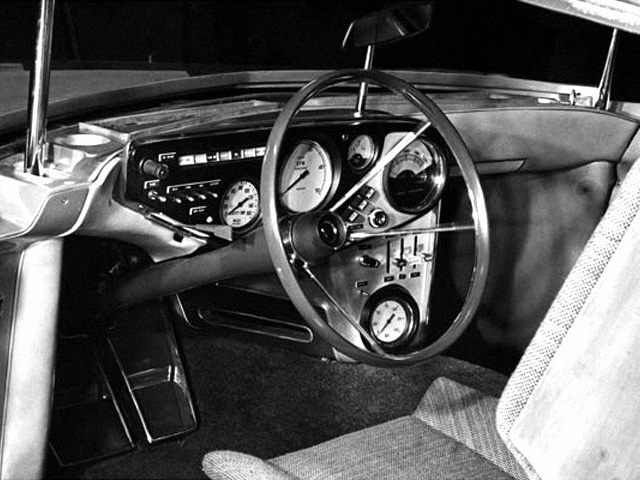
The TurboFlite’s roof was a real party piece, coming straight out of left field. It automatically raised when you opened either of the doors, lifting the windscreen and side windows with it. Conventional doors ensured access to the rear seats. Of course, the design meant normal windows couldn’t be used, but Chrysler did mount the side ones on roof hinges to get a bit of air in the cabin. And of course, a year after the TurboFlite’s debut, space-age cartoon sitcom The Jetsons aired on American TV for the first time… coincidence?

The Turboflite proved to be a sensation on the show circuit, but the striking concept car never reached production. Chrysler did continue to develop the turbine engine for use in passenger cars, but even this eventually proved fruitless, as the engine’s drawbacks ultimately outweighed its benefits. Designs used in the Turboflite (such as its oversize rear wing/air brake) would ultimately surface on other Chrysler products, and concepts like eye level brake lights would ultimately find their way into production across the entire industry.
Even the idea of a high-speed airbrake has resurfaced on modern cars such has the Bugatti Veyron, so perhaps the Turboflite envisioned more of the future than it’s credited for.

